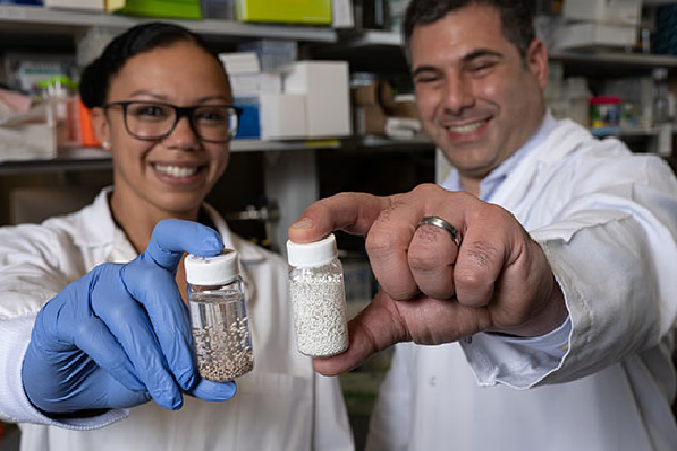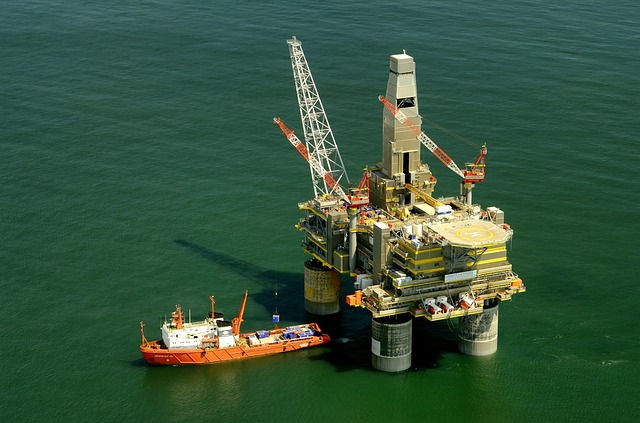Researchers at Northwestern University have developed a novel carbon-negative building material by utilizing seawater, electricity, and carbon dioxide (CO₂). Moreover, this innovative approach not only sequesters CO₂ but also produces materials that can replace traditional components in construction, such as sand and gravel, thereby offering a sustainable alternative to conventional practices.
Process Overview
The method involves inserting electrodes into seawater and applying an electric current, which splits water molecules into hydrogen gas and hydroxide ions. Then, introducing CO₂ gas into this environment increases bicarbonate ions. These ions react with calcium and magnesium in seawater, resulting in solid minerals like calcium carbonate and magnesium hydroxide. Calcium carbonate directly acts as a carbon sink, while magnesium hydroxide sequesters carbon through further interactions with CO₂.
Material Properties and Applications
By adjusting experimental conditions such as voltage, CO₂ injection timing, and seawater flow rates, researchers can control the composition and properties of the resulting materials. As a result, these materials can be made flakier and porous or denser and harder for different applications. Potential uses include substituting sand or gravel in concrete, and manufacturing cement, plaster, and paint.
Environmental Impact
This technique offers a dual benefit: it captures CO₂ and produces valuable construction materials. Given that the cement industry is responsible for approximately 8% of global CO₂ emissions, implementing such carbon-negative materials could significantly reduce the environmental footprint of construction. Additionally, the process releases hydrogen gas, a clean fuel with various applications, including transportation.
Future Prospects
The researchers envision scaling this method using modular reactors near shorelines to minimize ecological disruption. By situating concrete and cement plants adjacent to oceans, CO₂ can be transformed through clean electricity into materials for various construction applications, effectively turning these materials into carbon sinks.







